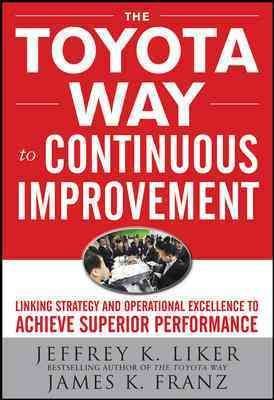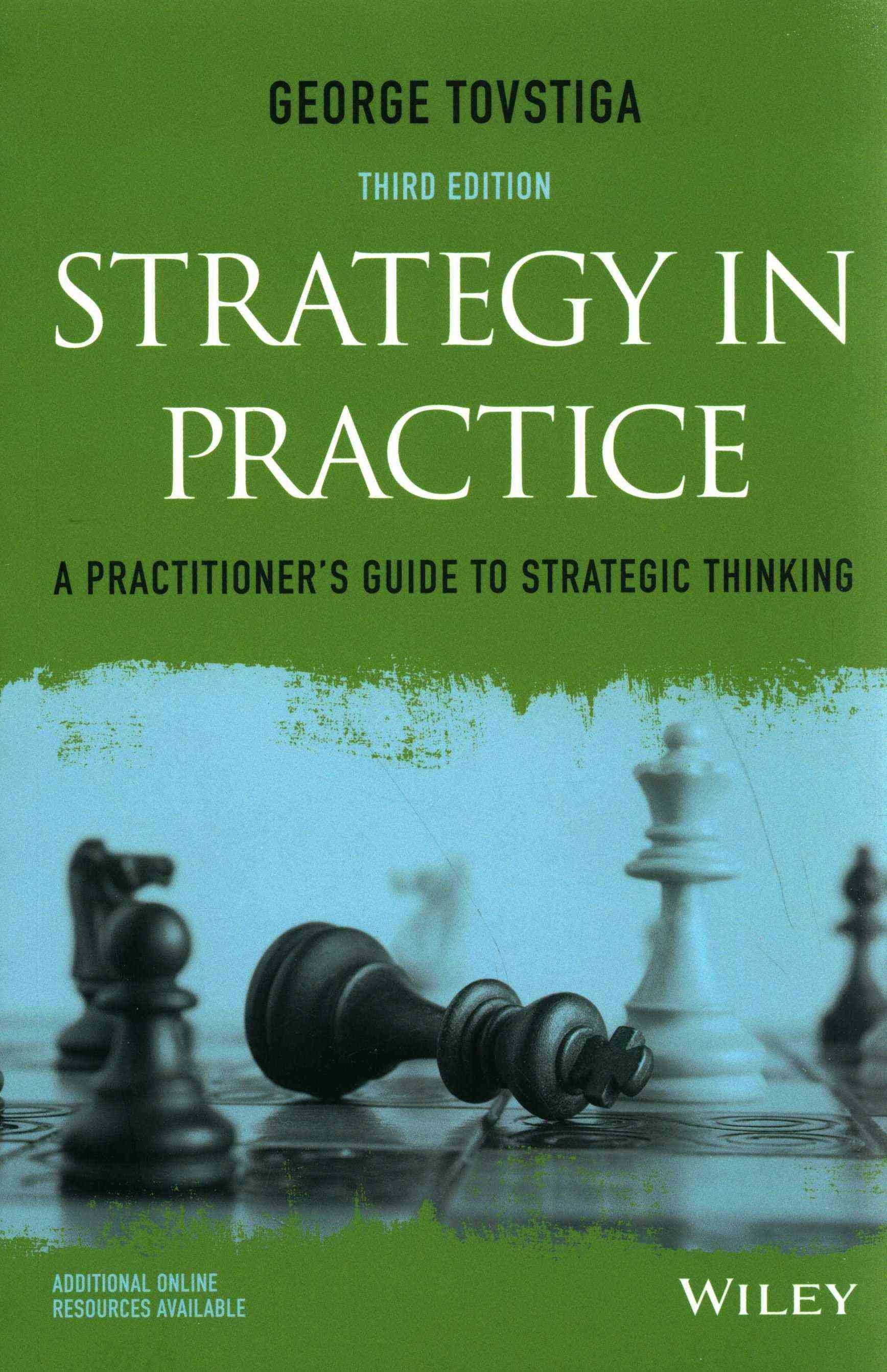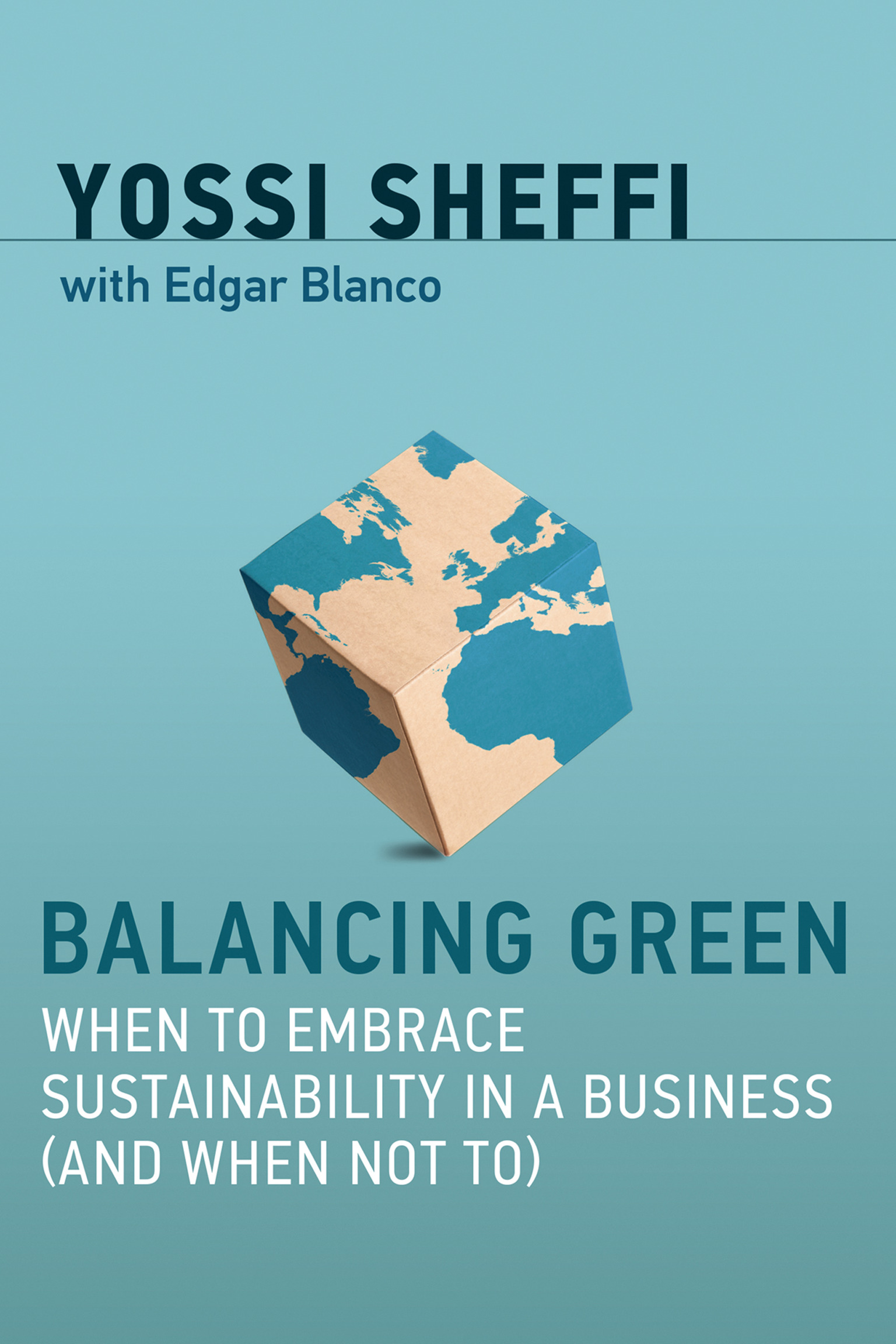Building upon the international bestselling Toyota Way series of books by Jeffrey Liker, The Toyota Way to Continuous Improvement looks critically at lean deployments and identifies the root causes of why most of them fail. The book is organized into three major sections outlining:Why it is critical to go beyond implementing lean tools and, instead, build a culture of continuous improvement that connects operational excellence to business strategy Case studies from seven unique industries written from the perspective of the sensei (teacher) who led the lean transformationLessons about transforming your own vision of an ideal organization into reality Section One: Using the Plan-Do-Check-Adjust (PDCA) methodology, Liker and Franz contrast true PDCA thinking to that of the popular, superficial approach of copying “lean solutions.” They describe the importance of developing people and show how the Toyota Way principles support and drive continuous improvement. Explaining how lean systems and processes start with a purpose that provides a true north direction for all activities, they wrap up this section by examining the glaring differences between building a system of people, processes, and problem- solving that is truly lean versus that of simply trying to “lean out” a process. Section Two: This section brings together seven case studies as told by the sensei who led the transformation efforts. The companies range from traditional manufacturers, overhaul and maintenance of submarines, nuclear fuel rod production, health care providers, pathology labs, and product development. Each of these industries is different but the approaches used were remarkably similar. Section Three: Beginning with a composite story describing a company in its early days of lean implementation, this section describes what went right and wrong during the initial implementation efforts. The authors bring to light some of the difficulties the sensei faces, such as bureaucracies, closed-m …












